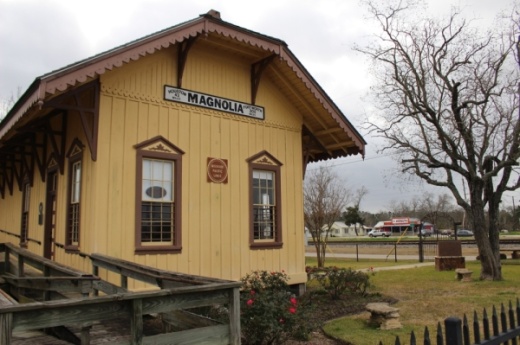Traveling through time
The Tomball and Magnolia area is home to several historical markers awarded by the Texas Historical Commission. Check out a few of them.History on display
Tomball Historic Depot MuseumFind an O-scale model railroad inside the railroad caboose and a tiny Z-scale model railroad inside the historic train Depot as well as a collection of railroad artifacts, art and train memorabilia inside the Depot Museum.
201 S. Elm St., Tomball
281-351-5484
www.tomballtx.gov
Magnolia Historic Depot Complex
The depot area features several buildings important to Magnolia’s history, including the Magnolia Depot Museum, the doctor’s office and barbershop of the late Dr. James Ware, an antique sawmill and a railroad caboose.
426 Melton St., Magnolia
www.magnoliatxhistoricalsociety.com






